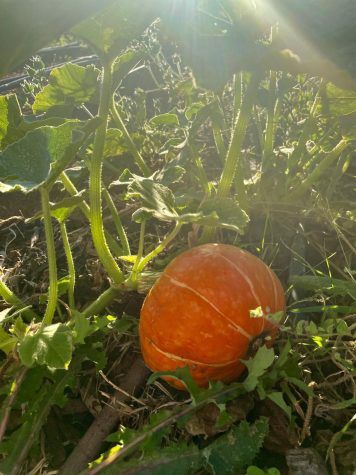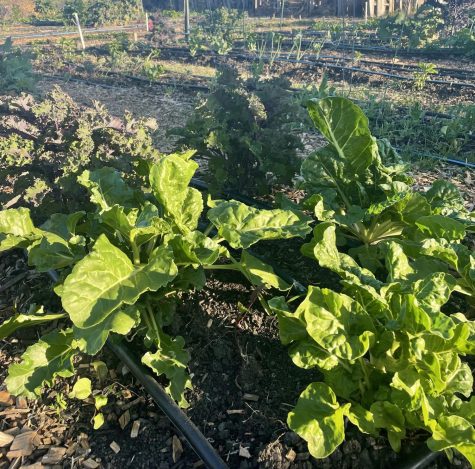With temperatures dropping and leaves turning to earth-toned shades of auburn, fall is in the air. Students can soon indulge in fall’s seasonal activities and take advantage of the beautiful resources this time of year brings to Marin. One of the well-acknowledged attributes of fall is the special seasonal vegetation. Even with a lack of planting experience, students can easily grow their own garden with the proper knowledge and skills.
Gardening is a soothing and enjoyable project to take on at home, and with a little bit of guidance, it can be easy! The fall season is a perfect time to start gardening or further your love for it, and these plants are, without a doubt, the best of the bunch.

One of the tastiest crops for your garden are pumpkins. Pumpkins are commonly associated with the fall season, and, believe it or not, they are easy to grow. To give your pumpkins around 90 days to grow and ripen, they should be planted as early as May. You will know your pumpkins are ready for harvesting when they have turned a burnt orange color and grown a firm stem. One pumpkin plant can supply you with 2-5 pumpkins, costing around eight dollars per plant. In order to successfully grow your pumpkins, plant the seeds at least two inches deep into the ground in fertilized, healthy soil and ensure the seeds are planted somewhere with ample sunlight. Give your plant at least one inch of water per week so that it will be beautifully ripe for harvesting in the fall.
Lettuce is also an amazing addition to your fall garden because of how well it thrives in cooler temperatures. Lettuces such as kale are low maintenance and easy to grow in many conditions, making them perfect for planting in an at-home garden. Plant your kale 18-24 inches apart in a well sunlit area with good drainage. The soil must be fertile for successful growth. Make sure you give the plant around one and one-half inches of water per week. Kale is a fast grower, so as long as these simple steps are followed, you will have beautiful bunches of kale in no time!

Mint is another staple herb for your garden and can be used in a multitude of ways. Mint can be utilized in almost any dish as a garnish and can even be used in baking or in beverages. The herb is able to thrive practically year-round, but peaks in cooler temperatures. Mint grows at rapid speeds, up to four inches a month, and is easy to harvest. Mint plants prefer partial shade and thrive in moist areas. Their seeds should be planted approximately two feet apart, as they spread quickly and give the planter more “bang for their buck.” One plant can supply you with ample mint, giving students a large supply of the plant to learn and gain more gardening experience, and be able to explore many different cooking recipes!
These three vegetables are, without a doubt, necessities for your fall garden. For beginners, these plants will help you grow your experience and love for gardening while supplying you and your family with fresh, seasonal crops for your kitchen. This fall season is the perfect time to get into gardening, and these vegetables are definite must-grows!








